Related Research Articles
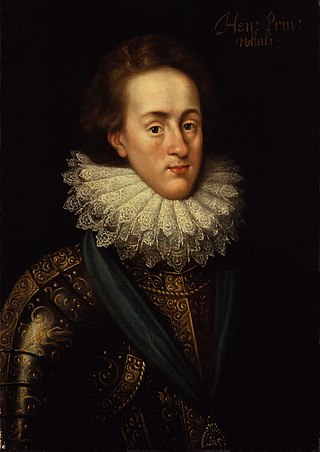
Henry Frederick, Prince of Wales,, was the eldest son and heir apparent of James VI and I, King of England and Scotland; and his wife Anne of Denmark. His name derives from his grandfathers: Henry Stuart, Lord Darnley; and Frederick II of Denmark. Prince Henry was widely seen as a bright and promising heir to his father's thrones. However, at the age of 18, he predeceased his father, dying of typhoid fever. His younger brother Charles succeeded him as heir apparent to the English, Irish, and Scottish thrones.

Thomas Hamilton, 1st Earl of Haddington, designated before his peerage as 'of Drumcarny, Monkland, and Binning', was a Scottish administrator, Lord Advocate, judge, and Lord Lieutenant of Haddingtonshire.
Robert Ker, 1st Earl of Roxburghe was a Scottish nobleman.
John Drummond, 2nd Earl of Perth (1588–1662) was a Scottish nobleman.
Jean Ker, Countess of Roxburghe, néeDrummond (c.1585–1643) was a Scottish courtier, serving Anne of Denmark in Scotland and England.
Thomas Murray was a Scottish courtier, at the end of his life Provost of Eton.
Anne Lyon, Countess of Kinghorne, was a Scottish courtier said to be the mistress of James VI of Scotland.
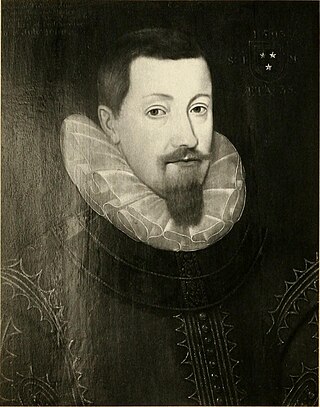
John Murray, 1st Earl of Tullibardine was a Scottish courtier and leader of the Clan Murray.
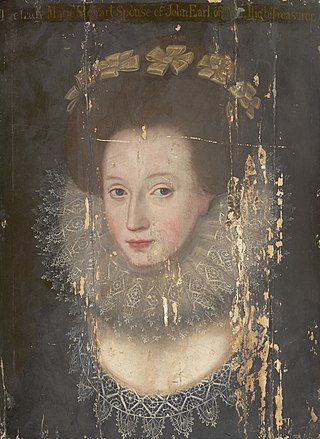
Marie Stewart, Countess of Mar (1576-1644) was a Scottish courtier. She was the daughter of Esmé Stewart, 1st Duke of Lennox and Catherine de Balsac d’Entragues (d. c.1631) and a favourite of James VI of Scotland. After her marriage, as was customary in Scotland, she did not change her name, and signed her letters as "Marie Stewart".
John Murray, 1st Earl of Annandale was a Scottish courtier and Member of Parliament.
Barbara Ruthven was a Scottish courtier and favourite of Anne of Denmark, expelled from court after the death of her brother.
Sir Edward Zouch of Woking was a courtier to English kings James and Charles I, a masque actor, and Knight Marshal of the King's Household.
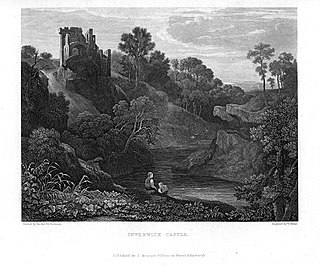
James Maxwell, 1st Earl of Dirletoun was a Scottish courtier and landowner, and Black Rod. He was involved in selling royal jewels.
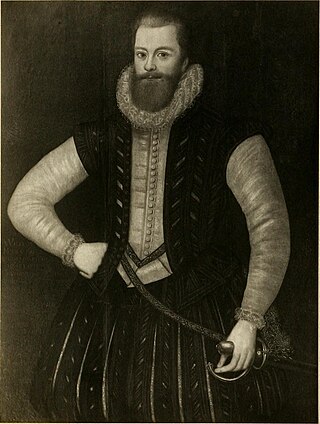
William Murray, 2nd Earl of Tullibardine was a Scottish landowner and courtier.
William Murray of Tullibardine was a Scottish courtier and leader of the Clan Murray.
Elizabeth Dent, Countess of Tullibardine (1591-1656) was an English aristocrat and landowner.
John Elphinstone of Selmes and Baberton (1553-1614) was a Scottish landowner and courtier.
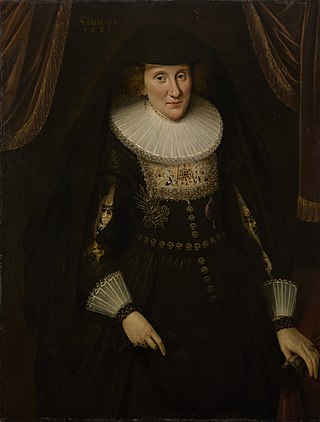
Anna Hay, Countess of Winton (1592-1628) was a Scottish courtier.
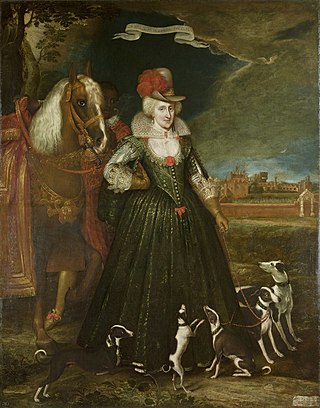
Anne of Denmark (1574–1619) was the wife of James VI and I. She visited Bath, Somerset in the belief that drinking and bathing in mineral waters could improve her health. The warm springs at Bath had been used for medicinal purposes since Roman times. During her progresses to Bath she was entertained at country houses along the way. The court physician Théodore de Mayerne left extensive notes in Latin describing his treatment of Anne of Denmark from 10 April 1612 to her death. Primarily, she was seeking help for gout or dropsy, a swelling of the legs and feet which made walking difficult. Her companion and servant Jean Drummond described an occasion when the queen was unable to set her swollen foot on the ground. During these progresses, Anne of Denmark visited or came near some of the lands and manors included in her jointure lands, including Corston, and was able to promote the image of the Stuart monarchy.

Hilderston or Hilderstone in West Lothian, Scotland, was the site of the discovery of a vein of silver in 1606 and a mining operation that attracted international interest. King James used rumours of a silver bonanza to leverage a loan in the City of London. He took over the mine works, an act sometimes regarded as an example of nationalization. The enterprise may have inspired a satirical stage play. On 8 May 1608 work commenced under royal supervision. Miners from Cornwall and Germany were employed in the works.
References
- ↑ John Nichols, Progresses of James the First, vol. 1 (London, 1828), p. 223.
- ↑ Citizen's Pocket Chronicle of the City of London (London, 1828), p. 206.
- ↑ William Arthur Shaw, Letters of Denization and Acts of Naturalization for Aliens in England and Ireland (Lymington, 1911), p. 21
- ↑ Mary Anne Everett Green, Calendar State Papers Domestic, 1611-1618 (London, 1858), pp. 194, 444.
- ↑ Norman Egbert McClure, Letters of John Chamberlain, vol. 1 (Philadelphia, 1939), p. 476.
- ↑ Mary Anne Everett Green, Calendar State Papers Domestic, 1603-1610 (London, 1857), p. 69.
- ↑ Thomas Birch & Robert Folkestone Williams, Court and times of James the First, vol. 1 (London, 1848), p. 274.